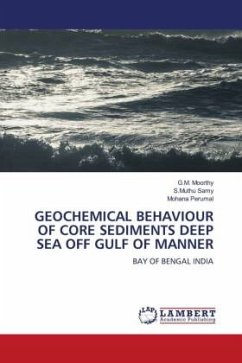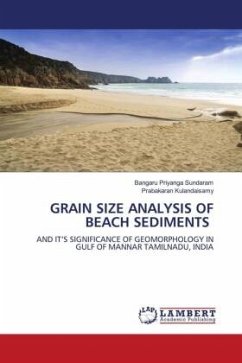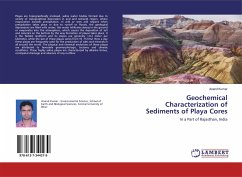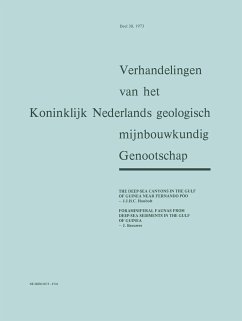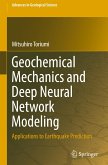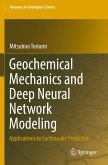The Gulf of Mannar is a transitional zone between the Arabian Sea and Indian Ocean proper and is connected with the Bay of Bengal through a shallow sill, the Palk Strait. The Gulf of Mannar receives riverine input through a number of rivers and streams, of which the Tambraparni followed by Vaipar River, are the major sources. Sediment core for the present study was collected from Tuticorin offshore, (Lat. 8°09'.229" & Long. 78°45'434" at a depth of 1576 m) Gulf of Mannar(Fig.3.1), during the ACADEMIK ALENKSANDR SIDORENKO cruise program organized by National Center for Antarctic Ocean Research, Dona Paula, Goa. The deep-sea sediment core GM-1 is dominated by silty clay sand fraction, and there is no significant temporal variation in sediment texture. The fine nature of the sediment accumulation in marine environment is mainly dependent on the rate of input and distribution of sediment types and the finer particles brought to the coastal zone are transported to deeper region due tounderwater currents.
Bitte wählen Sie Ihr Anliegen aus.
Rechnungen
Retourenschein anfordern
Bestellstatus
Storno

